In Super we have grown up with closed loop service environments that have provided us with: Resilience, Scale, and Distributed investment in technology.
And as recently as 18 months ago IQ ran a masterclass in Super fund operating models, which for its time was quite relevant …
However, time, the world, and technology has moved on.
Wave 2 mergers, competition, advice reform, consolidation of service providers, and demand for data have all set the idea of a steady target state under pressure.
It also raises legacy product and insurance complexities that somehow seem to defy our best efforts for standardisation.
Our thinking now is that we need to look at operating models not as destinations, but as change engines that enable us to regularly re-evaluate and evolve our approach.
Stanley McChrystal called it, building for Complexity not for Complication.
The new operating model paradigm challenges us to identify the key factors which help us to understand, assess and respond to our changing environment. All within the context of dynamic strategy, competition and a sandy regulatory landscape.
So, what makes a successful and continuously evolving operating model, admin strategy and technology service platform?…
Culture
Not engagement, benefits, or retention, but the unwritten instructions that drive most of our activity. Research demonstrates that when we map a process, it covers less than 50% of the actual activity within a team. Culture guides the rest, and can be the difference between standing still, and evolving.
Culture (supported by key operating intelligence) supports the adaptive organisational business model and direction.
So will AI bridge any culture gaps? Not likely. Centaurs (AI enhanced human teams) still require us to set in place a model for decision and action that is focussed on our goals and reflects our ethical and commercial compass.
Automation for its own sake just takes you to the wrong place, faster.
By Brian Peters, Chief Executive Officer

Recent Comments